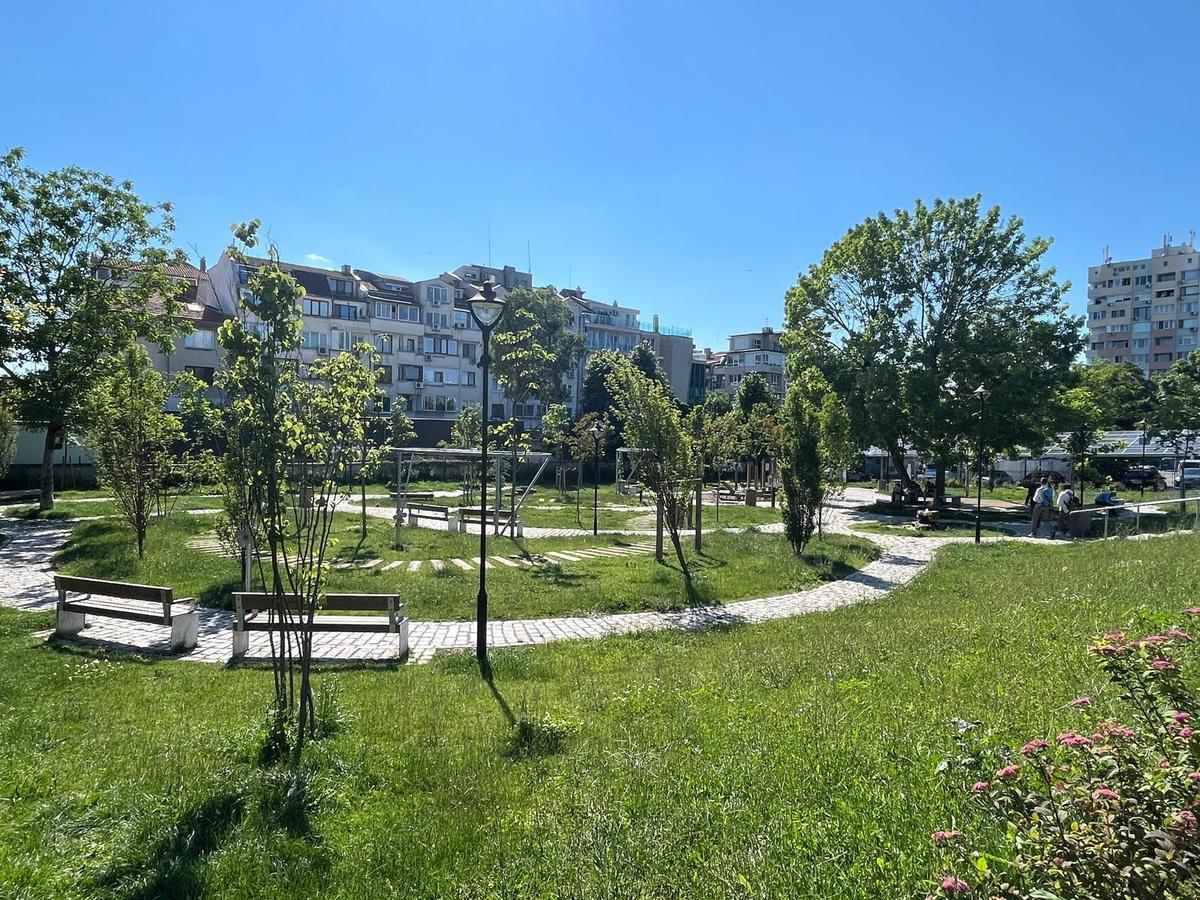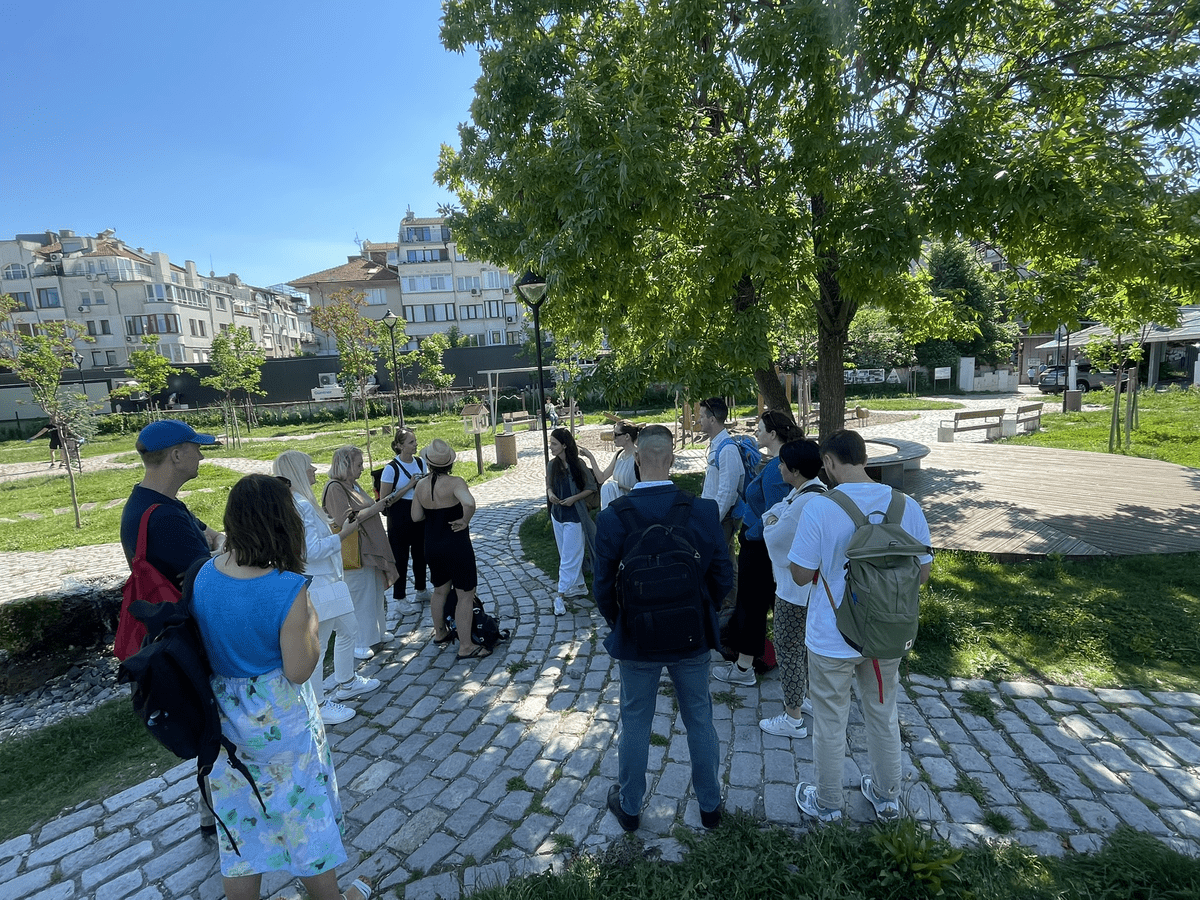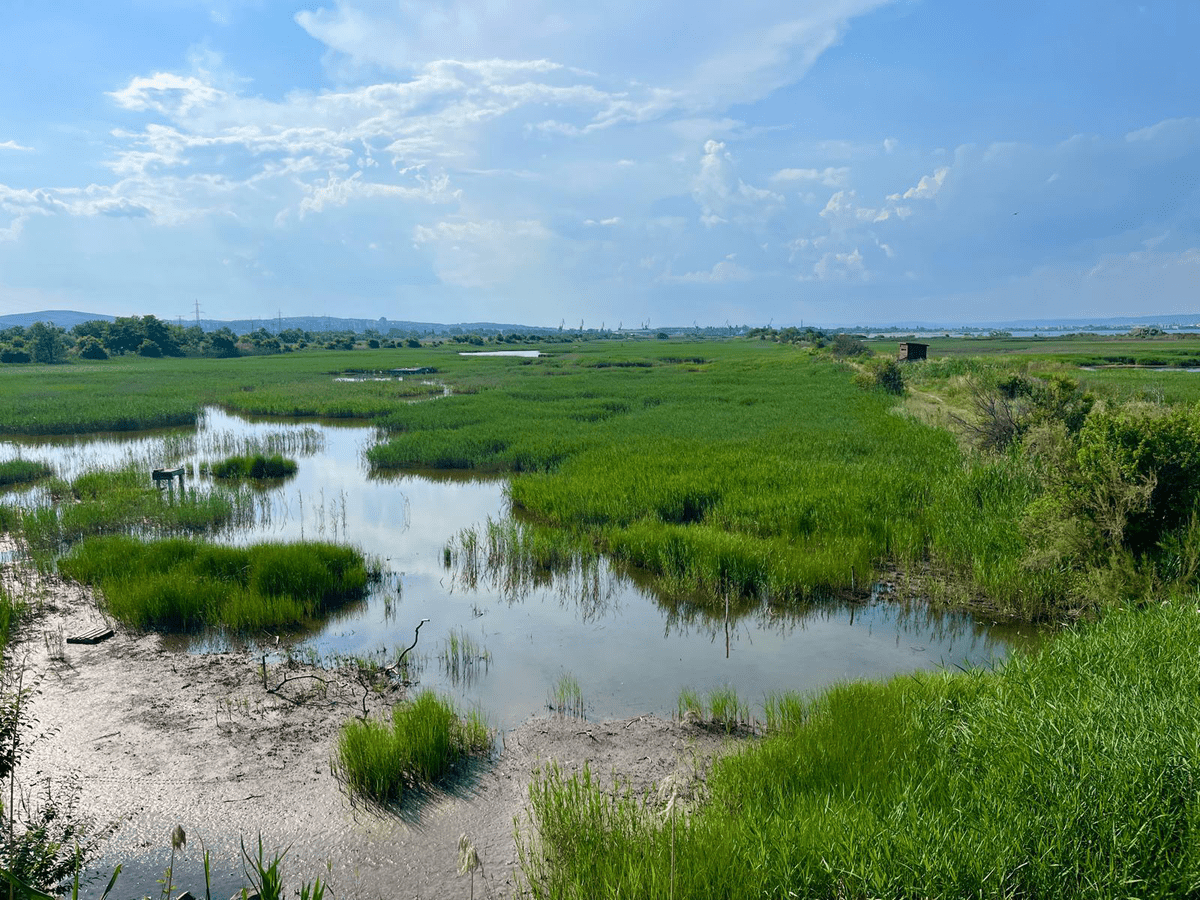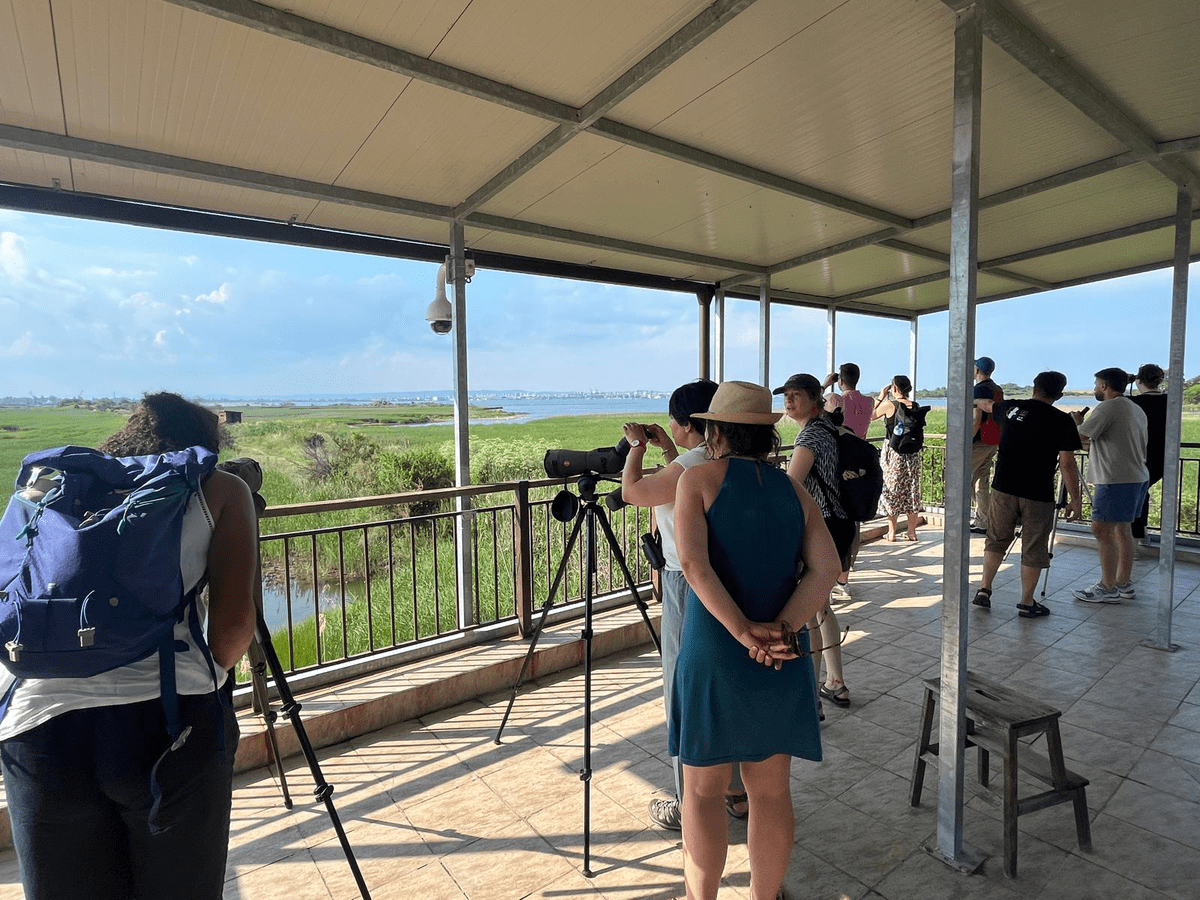
Urban Nature Exchange in Burgas: Insights and Key Learnings
The Urban Nature Exchange (UNE) in Burgas brought together UNP+ cities and expert partners for three days of peer learning. The sessions focused on co-creation and communication, as well as identifying steps to increase the resilience of UNPs against potential economic, political and structural threats.
Participants were greeted on Day 1 with a reflection from Deputy Mayor Michail Nenov on balancing urban development with nature protection. Burgas shared its 360 degree approach to climate neutrality, inclusion, and biodiversity. “A decade ago, ‘do no harm’ was enough. Now it is not sufficient,' said Ana Yancheva from the municipality, highlighting the need for transformative planning. Over the course of the day, cities chimed in,, sharing their strategies for co-creation. Barcelona emphasised the importance of having dedicated teams, while Mannheim highlighted the significance of trust. The day culminated in a site visit to Healing Island, a small park adjacent to three hospitals that demonstrated how ecological design and community involvement can breathe new life into urban spaces.

On Day 2, the focus was on inclusive engagement, with cities developing strategies to reach underrepresented groups. A communications workshop helped participants refine their messaging and key messages to communicate with their chosen target audience about urban nature. This was followed by a visit to the Poda Protected Area, home to over 300 bird species, which demonstrated the value of citizen science and education in urban conservation.Participants were lucky enough to see Spoonbills, Sandwich terns, and Black-winged Stilts.
On day three, cities used the PESTLE framework to identify risks to their UNP process and took part in a joint reflexive monitoring session. By sharing key turning points and offering feedback, cities strengthened their collective capacity and built mutual support.
Key Learnings:
- Truly inclusive urban nature planning requires more than one-off consultations. It requires sustained engagement strategies to build trust, reach underrepresented communities and encourage people to take ownership of the outcomes.
- Lasting change requires more than just good ideas; it also needs dedicated teams, cross-departmental collaboration and a culture of trust. Without internal alignment, even the most ambitious plans are at risk of stalling.
- From internal acceptance to public engagement, well-formulated, target group-specific messages are essential. They help to make the advantages of urban nature visible and comprehensible, and ensure that different stakeholders are on board.
- Framing urban nature initiatives through the lens of public health can have a wide-reaching impact, particularly among vulnerable groups. This approach transforms abstract sustainability goals into urgent, everyday concerns, helping to build broader support for these initiatives.
- In an era of accelerating climate and systemic change, cities cannot afford to be reactive. Building resilience requires active engagement with change through flexible alliances, open learning and transformative approaches that transcend 'business as usual'.
The UNE in Burgas confirmed that co-creation and communication are not merely methods, but the very foundations of resilient urban planning. Against the backdrop of coastal biodiversity, fresh fish and summer sunshine, cities strengthened their connections and departed with renewed momentum. Our next in-person UNE will take place in Mannheim in October, where we’ll continue to strengthen our shared ambitions for more nature in the city.
Publishing date:



